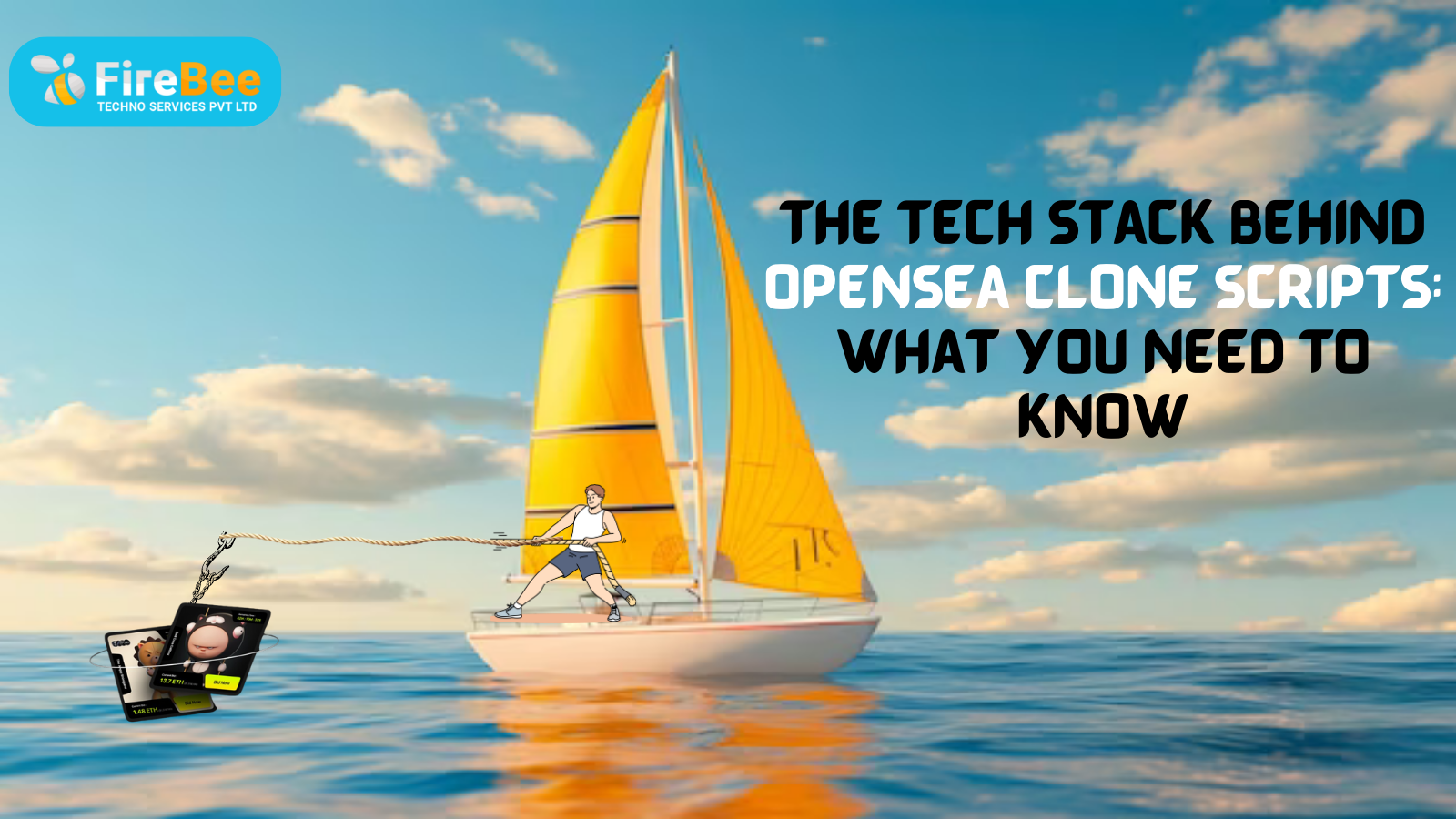


The Tech Stack Behind OpenSea Clone Scripts: What You Need to Know
in Business

In the world of entrepreneurship, innovation and technology go hand in hand. Aspiring entrepreneurs often seek ways to enter the booming world of NFTs (Non-Fungible Tokens) and digital art marketplaces, with OpenSea being the star of the show. But what if you want to create your own NFT marketplace like OpenSea? That's where clone scripts come into play.
In this blog post, we're going to dive into the fascinating world of OpenSea clone scripts and explore the technology that powers these platforms. We'll break down the key components that entrepreneurs need to know to get started on their journey to building the next big thing in NFTs.
The Tech Stack Essentials
1. Blockchain Technology
Blockchain is at the heart of any NFT marketplace, including OpenSea clones. It's the distributed ledger technology that securely records NFT ownership and transaction history. Ethereum is the most common choice for building NFT platforms due to its robust smart contract capabilities. However, other blockchains like Binance Smart Chain and Solana have gained popularity as well.
2. Smart Contracts
Smart contracts are self-executing contracts with the terms of the agreement directly written into code. In the context of OpenSea clone scripts, smart contracts are essential for creating, managing, and transferring NFTs. Ethereum's Solidity programming language is often used for developing these contracts.
3. IPFS (InterPlanetary File System)
IPFS is a distributed file system that stores and retrieves data. NFTs are usually associated with digital art or collectibles, and IPFS is used to store the actual file associated with an NFT, whether it's an image, video, or any other digital asset. This ensures that the data remains accessible and resilient.
4. Wallet Integration
For users to interact with your NFT marketplace, you need to integrate wallet services like MetaMask or Trust Wallet.
These wallets allow users to create and manage their NFT collections, buy, sell, and trade NFTs securely.
5. Front-end Development
The front-end of your OpenSea clone is the user interface that people interact with. Web technologies like HTML, CSS, and JavaScript are the building blocks here. React, a popular JavaScript library, is often used to create the user interface for NFT marketplaces.
6. Backend Infrastructure
The backend of your platform handles data management, user authentication, and the communication between the front-end and smart contracts. You can use technologies like Node.js, Python, or Ruby on Rails to build the backend.
7. Hosting and Security
Once your platform is ready, you need a reliable hosting solution to keep it accessible. Also, security is paramount, as NFTs are valuable digital assets. Implementing security protocols like HTTPS, DDoS protection, and regular audits of your smart contracts is crucial.
Conclusion
Creating an OpenSea clone is a challenging but exciting journey for entrepreneurs. By understanding the tech stack and making informed decisions about your platform's features, you can take the first step towards building your own NFT marketplace. Whether you're targeting art enthusiasts, collectors, or a specific niche, the potential to disrupt the NFT space is within your grasp. Just remember, innovation and creativity are your biggest assets in this evolving digital landscape. We are a well-known OpenSea clone script provider. We have well-trained opensea clone script providers.
Share this post
Naijanetwork Forum Statistics
Threads: 16481,
Posts: 19780,
Members: 10535


